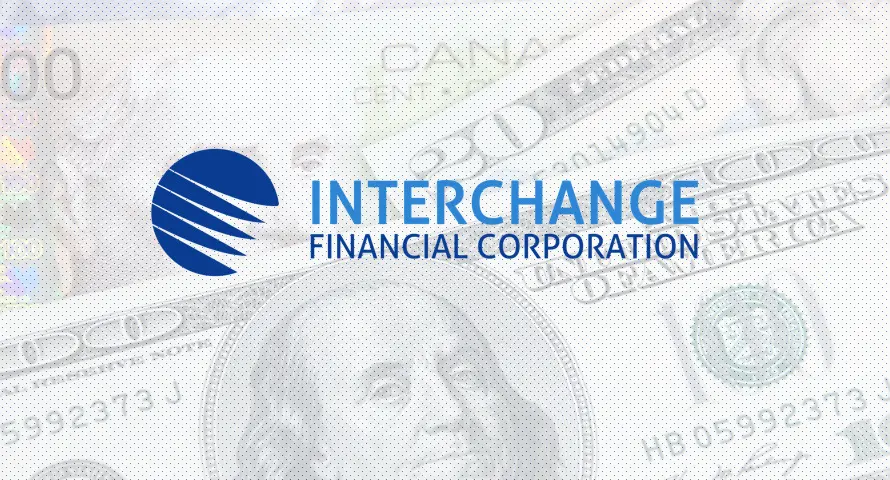
The Canadian dollar is trading levels last seen in 2017. USD to CAD had been rangebound for most of the last month until Wednesday when the Bank of Canada put out a surprisingly hawkish message about monetary policy. That started the surge in the Loonie. Then earlier this week the Federal Reserve further fueled the rise in the Canadian dollar by sticking adamantly to its dovish tone. The divergent messaging between the central banks has led to significant differences in interest rate expectations with a rate hike expected in Canada in 2022 and one not expected in the US until 2023. That has made the Canadian dollar relatively more attractive. All of that is happening as we see commodity prices that are tied to the Canadian dollar (oil, lumber, etc.) rise significantly. Despite its strength, there are some potential risks for the Canadian dollar. Commodity prices could break down if economic growth outside of North America disappoints (for example, the situation in India, the third largest oil importer, is alarming). Also, the resolution of US/Iran negotiations could lead to Iranian oil reemerging and pushing down oil prices. Also, US treasury yields are on the rise again. A significant move up in that rate would stunt the Canadian dollar’s rise. Finally, while the Fed declined to change its tone this week, it could begin to give a different (more hawkish) message in the coming weeks and months and that could also push down the Canadian dollar.




